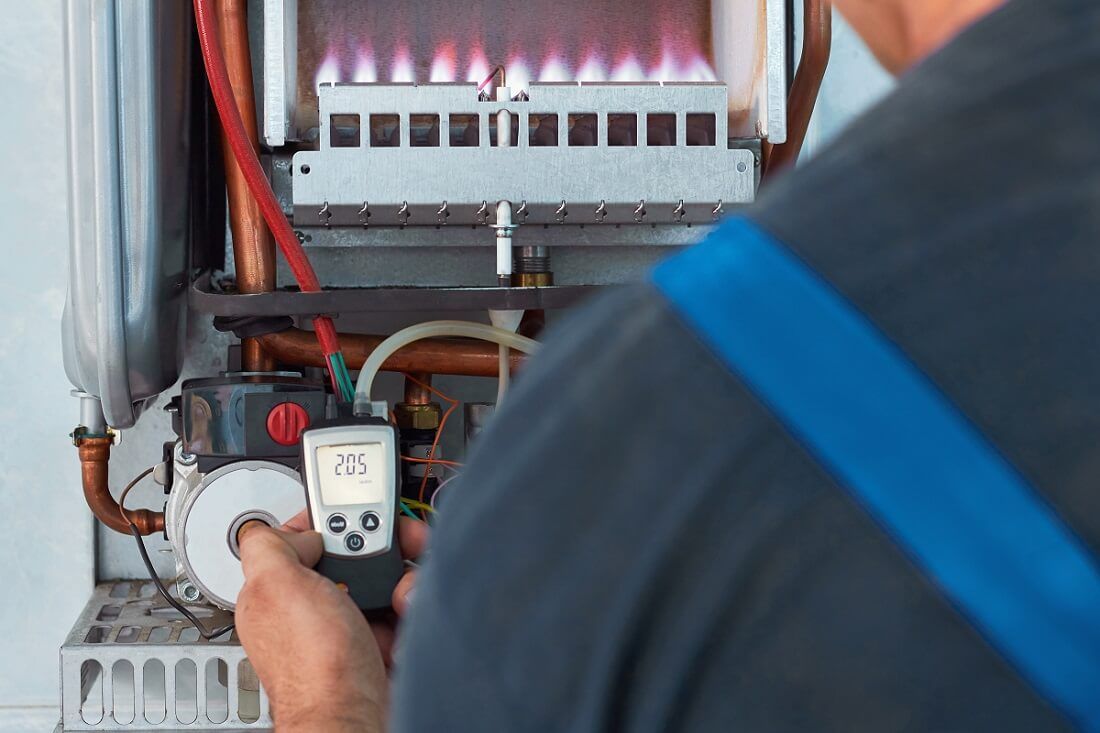Do you know that over 40% of deaths happen because of fire during winter? And most of those accidents involving fire happen because of the heater/ furnace in your home.
It can be pretty challenging to smell or see the spilling of CO into your office or living area when you are using a gas heater. Every gas heater can spatter carbon monoxide (CO) that can’t be seen or smelled, but is so severely dangerous that It could even cause deaths. To make sure your gas heater is in good condition and safe for you & your family; you must follow the two key rules;
- Get it checked, repaired and reconditioned at least once every 2 years by a professional company or qualified gas fitter providing gas heater service.
- Read the safety recommendations – some heaters work better and operate safely when they are exposed to fresh air or have a passage for airflow.
While making our way through winter, most of us are more concerned about staying warm than monitoring our gas heater; here’s what you can do to ensure the safety of your gas heater.
Service your heater for winters
As we can’t smell or see the CO, you can’t tell if your heater needs repair or maintenance to spill the gas into your home. The usual alarming signs are nausea, fatigue, and headaches. To avoid the leakage of CO into your home and secure your family from the hazard, proper heater maintenance, and enough ventilation are extremely important.
Manufacturers suggest service periods for heaters which shouldn’t be ignored. It is strongly recommended that the appliances must be serviced according to the instructions mentioned or once every 2 years, at least, by a professional gas heater service provider.
Read the ventilation requirements
This is also critical to make sure fresh air flows through the heater and enters the living area, diluting the CO and other combustibles that might tumble into the room. Depending upon the type of heater you are using for your home, take the necessary precautions. While installing an open flue heater into your room, let the airflow through the area, because these heaters consume oxygen from inside the room while creating CO and other harmful gases spilling through the room. In the case of flueless heaters – oxygen within the room is used, and they also release combustion products like CO and other harmful gases. Inadequate ventilation will make the room stuffier and cause suffocation.
By the law, for a fitted gas heater installation inside the room, you must install two permanent ventilation openings. The vents must be connected to the outside space, and they should be installed on different levels like; vent A at low level and vent B at a high level.
Check the necessary precautions:
✔ Be concerned about setting the safety alerts for the gas heater.
✔ Confirm the flues are not obstructed or blocked.
✔ Never let your gas heater/furnace on for long extended periods. Make sure it’s off when you are not around.
✔ Replace your old heaters and install a backup measure in the form of a CO alarm.
✔ Avoid using the exhaust fans simultaneously while using your heater. This can pull the carbon monoxide within the living area and can build up a negative press environment.
✔ Don’t use portable outdoor gas appliances inside.
We hope the above-given steps will help you make your gas heater run more safely. We strongly recommend that you get a Carbon Monoxide (CO) test done once a year at least. Heating Experts is qualified to perform CO test and we will check all gas appliances for any leaks or buildup of gas to keep you safe. We also recommend CO detectors placed inside the house. They are cheap and provide excellent defense against a rise in CO, warning you when to call for assistance or increase your home air flow.
